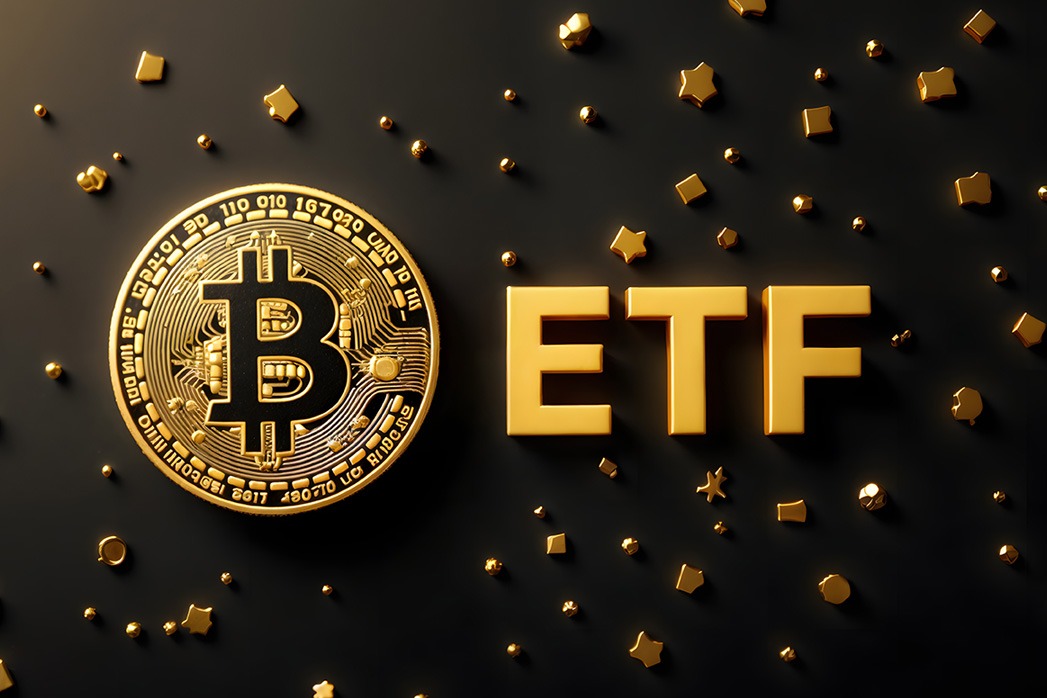From Illiquid Assets to Web3 Wallets: The Future of Real Estate as a Global, Tradeable Digital Commodity
Land, buildings, and borders have long defined real estate — static, local, and hard to move. But in 2025, permanence is digital. A new age is emerging where homes, towers, and even entire neighbourhoods are no longer just listed on spreadsheets but are tokenized, fractionalised, and traded globally.
Thanks to the rise of Web3 technologies, including DeFi, NFTs, and AI, the real estate market is shifting from a paper-heavy bureaucracy to a programmable finance model. The result is a real estate class that becomes liquid, accessible, and borderless.
Tokenization: Turning Buildings into Blockchain Assets
Asset tokenization allows physical real estate — a villa in Tuscany, a condo in Lisbon, or a mall in Berlin — to be represented digitally on a blockchain. Through fractional tokens, investors from any country can own a piece of these assets with the click of a button.
“Tokenization is set to unlock $13.5 trillion in real-world asset value by 2030 — with real estate leading the charge.” — BCG & DNA Crypto Knowledge Series
Real estate, one of the world’s largest but least liquid asset classes, is perfectly positioned for disruption. What was once confined to elite access is now on the verge of global democratization.
Real Estate Meets DeFi: From Static Asset to Collateral
Imagine this: You invest in a fraction of a commercial tower in Amsterdam via your crypto wallet. Each month, rental income flows in through a smart contract. That same token is used as collateral for a DeFi loan — no banks, no borders, no delays.
“Using property tokens as collateral for DeFi loans turns static assets into dynamic, liquid capital.” — DNA Crypto Research
https://dnabitcoinbroker.com/knowledge/micas-blind-spots-what-wealthy-investors-must-know-about-defi-nfts-and-cross-border-risks
In this model, AI determines fair valuation and risk. DeFi enables instant lending, staking, and settlements. NFTs offer immutable proof of title, access, or even voting rights.
This isn’t theory — it’s programmable real estate in action, connecting legacy TradFi with the borderless power of Web3.
Beyond Collectables: NFTs as Title, Identity, and Governance
NFTs in real estate go far beyond digital artwork. They serve as smart, interactive legal wrappers:
Utility: Access to gated communities or digital twins in the metaverse
Governance: Voting rights for building management and maintenance
Identity: An on-chain record of ownership, rental, insurance, and usage
“A smart NFT title deed doesn’t just say who owns it — it can automatically enforce rights, rent, or insurance policies.” — DNA Crypto Knowledge Series
This is what transforms tokenized property into a compliant, intelligent, and internationally tradable financial product.
TradFi Meets Web3: Institutional Capital Joins the Revolution
Global pension funds, asset managers, and family offices are exploring blockchain for real estate allocation. As MiCA and other EU frameworks bring clarity, tokenized property becomes more accessible — and compliant.
“Tokenized property bridges legacy finance with blockchain—reducing admin, increasing liquidity, and globalising access.” — DNA Crypto Insights
A French pension fund can now invest in student housing in Warsaw using tokens. A Dubai REIT can offer fractional ownership of properties in Portugal. The world is opening up, and blockchain is the passport.
Challenges Ahead
Of course, this revolution isn’t without friction. Legal and regulatory inconsistencies persist across jurisdictions. Smart contract vulnerabilities and custody concerns remain. Secondary markets for property tokens still lack deep liquidity. Governance protocols and token standards need refinement.
Still, momentum is strong. Industry consortia, regulators, and platforms like DNA Crypto are developing frameworks to bring credibility and structure to a rapidly evolving market.
The Real Future: Real Estate as a Programmable Commodity
We are witnessing real estate shift from static, localised investments to digitally liquid, globally tradable instruments. This opens the door to broader public participation in property markets, liquidity for dormant capital, sustainable funding for housing, and new collaboration models for international development.
“Whether you own a building, a brand, or a brilliant idea, there’s a future where that value is liquid, global, and programmable.” — DNA Crypto Vision
https://dnabitcoinbroker.com/knowledge/will-mica-make-europe-a-safer-place-for-crypto-investors
Let’s build it securely, transparently, and together — one token at a time.
Image Source: Adobe Stock
Disclaimer: This article is for informational purposes only and does not constitute legal, tax, investment, or financial advice.


